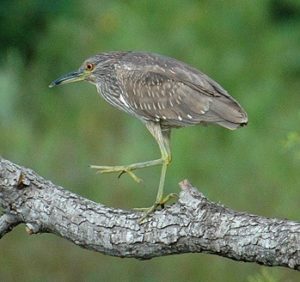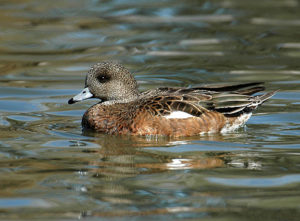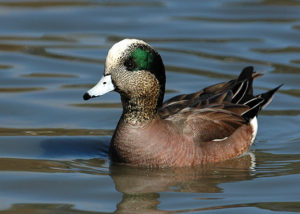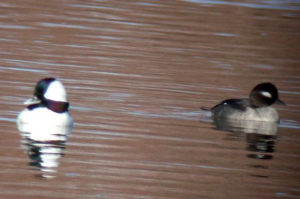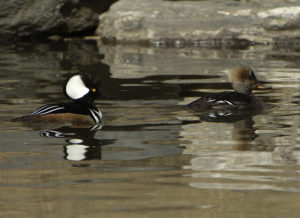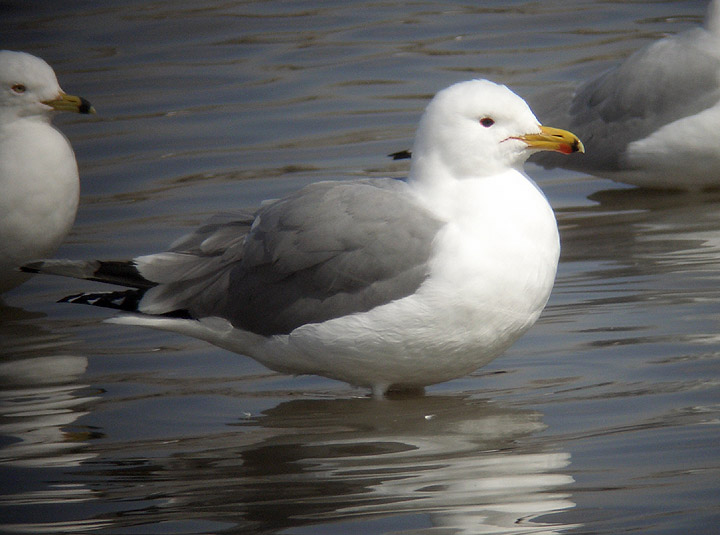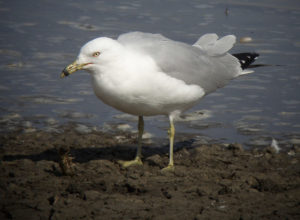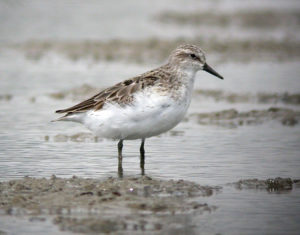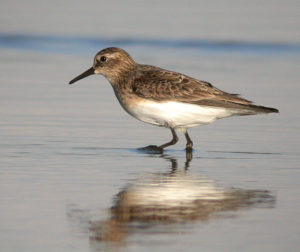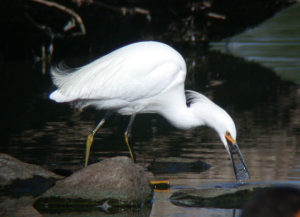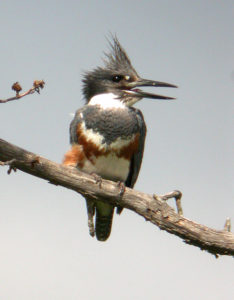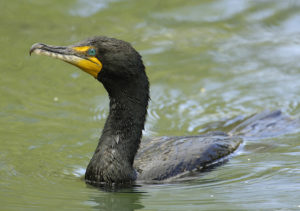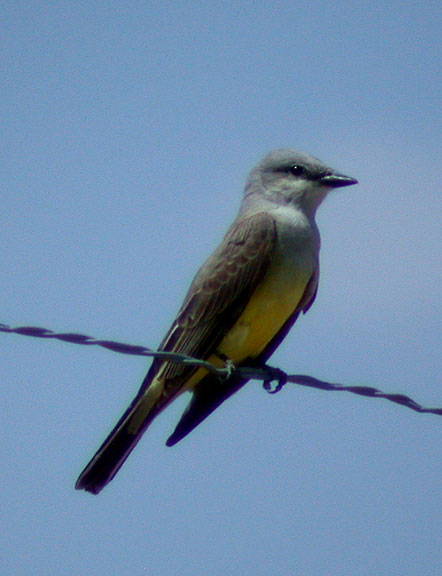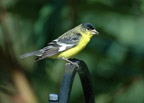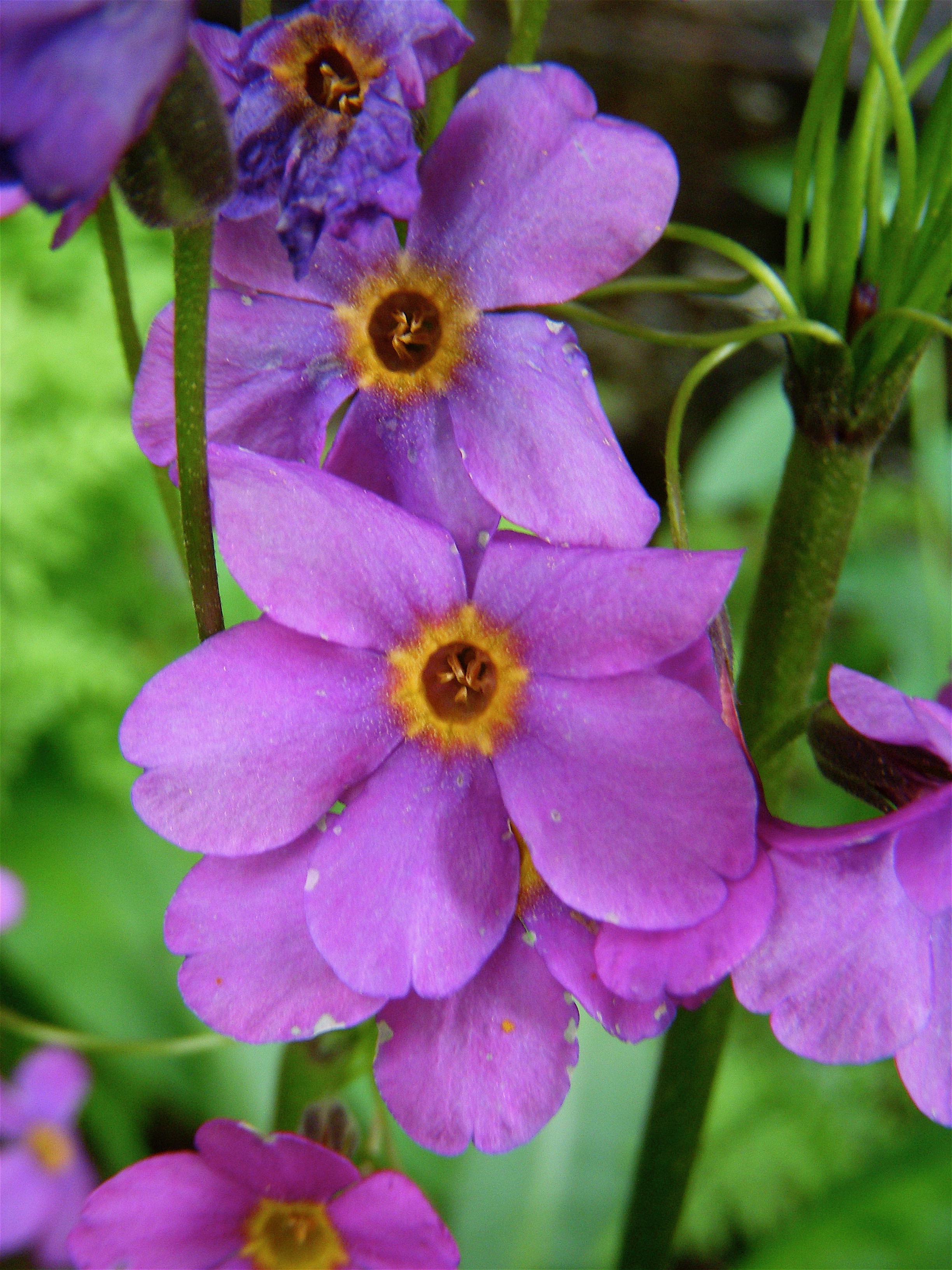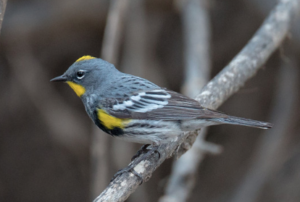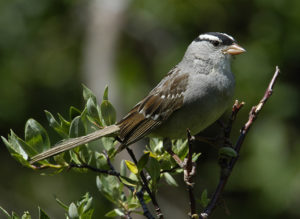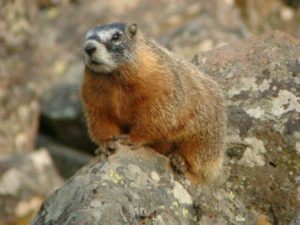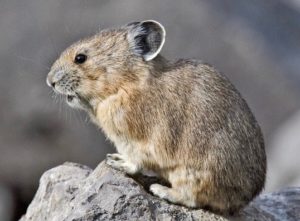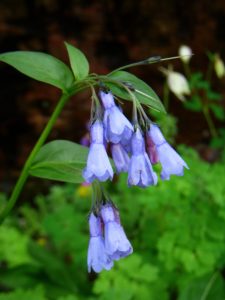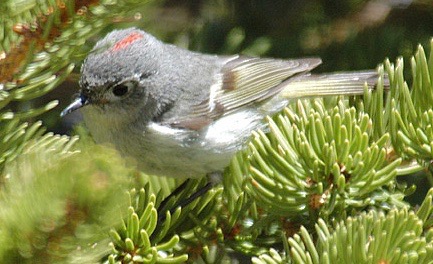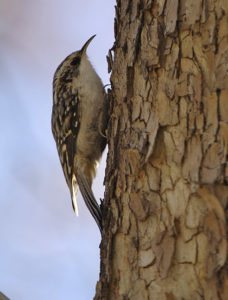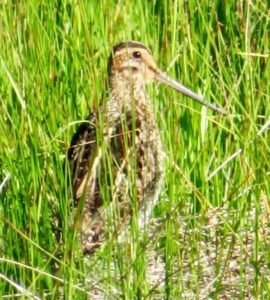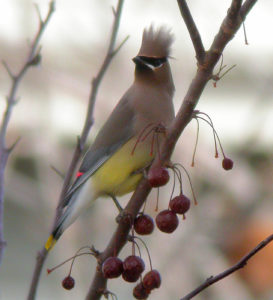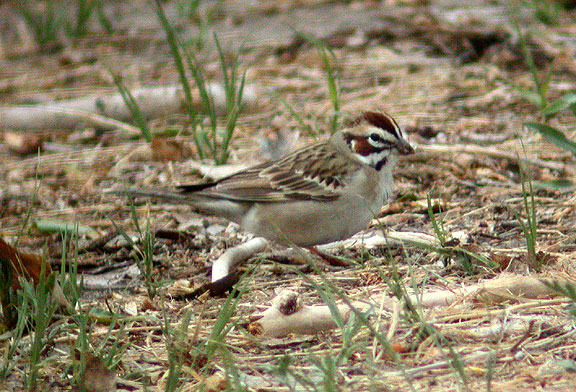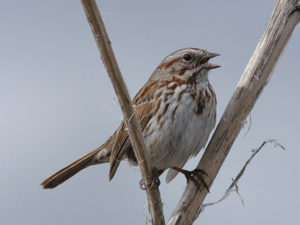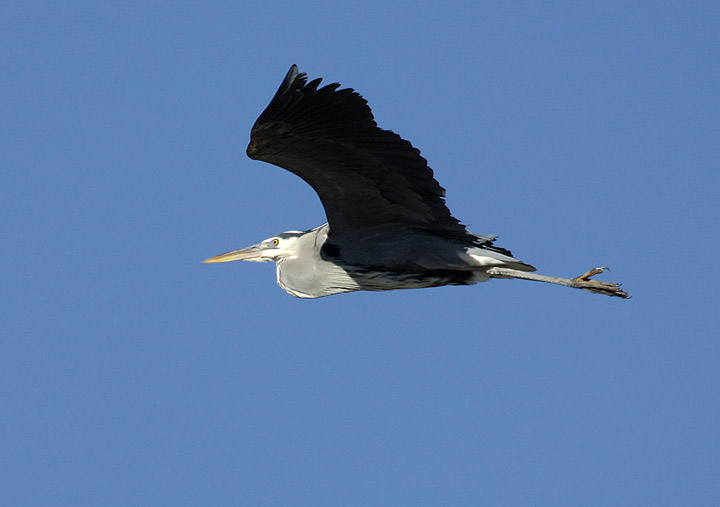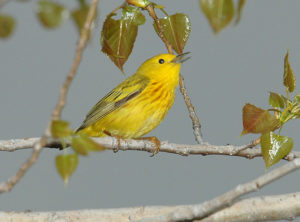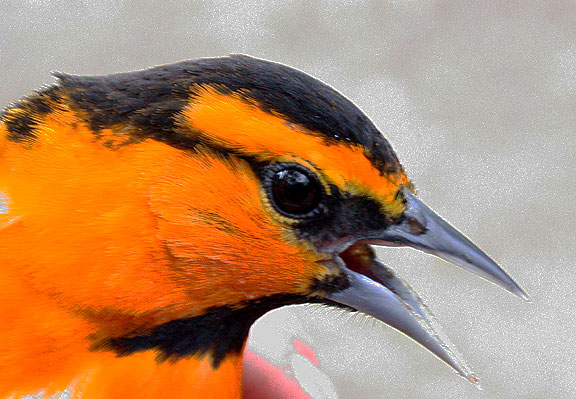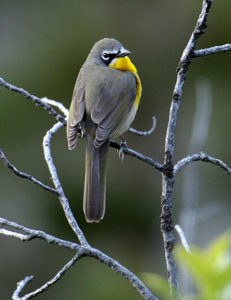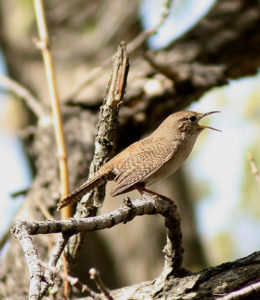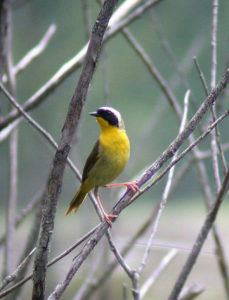
Saturday gave nine of us another beautiful morning at Hudson Gardens. We started out with a nice deluge of landbirds, including a Downy Woodpecker, several Black-capped Chickadees, a couple of very cooperative Red-breasted Nuthatches, and a nice little flock of Bushtits.
A real highlight was getting to see three juvenile Black-crowned Night-Herons.
However, our main focus ended up being with the nice variety of ducks we were seeing, and starting to get a handle on identifying the females as well as the males. Looking at the American Wigeons notice the overall warm coloring, and then on the male see the white (or creamy) forehead, and the white hip-patch. While on the female, note her smeared mascara. Both have small light grayish-blue bills.
Looking at the Buffleheads notice how the male has a mostly white body, a large, round head, and the back of the head is all white. The female is gray-brown with a distinct oval white patch on her cheek.
Finally, looking at the Hooded Mergansers they both have crests. His is brilliant white surrounded by black, and hers is light brown. Notice that they both have thin bills and rather long tails.
Hope to see you soon on another walk!
Hudson Gardens, Oct 28, 2017
25 species (+1 other taxa)
Canada Goose (Branta canadensis) 34
Gadwall (Mareca strepera) 17
American Wigeon (Mareca americana) 14
Mallard (Anas platyrhynchos) 31
Bufflehead (Bucephala albeola) 7
Hooded Merganser (Lophodytes cucullatus) 13
Common Merganser (Mergus merganser) 3
Double-crested Cormorant (Phalacrocorax auritus) 3
Great Blue Heron (Ardea herodias) 2
Black-crowned Night-Heron (Nycticorax nycticorax) 3
Ring-billed Gull (Larus delawarensis) 6
Downy Woodpecker (Picoides pubescens) 1
Northern Flicker (Colaptes auratus) 5
Say’s Phoebe (Sayornis saya) 1
Black-billed Magpie (Pica hudsonia) 7
American Crow (Corvus brachyrhynchos) 10
Black-capped Chickadee (Poecile atricapillus) 12
Bushtit (Psaltriparus minimus) 8
Red-breasted Nuthatch (Sitta canadensis) 2
American Robin (Turdus migratorius) 5
European Starling (Sturnus vulgaris) 2
Dark-eyed Junco (Junco hyemalis) 1
Dark-eyed Junco (Pink-sided) (Junco hyemalis mearnsi) 1
Red-winged Blackbird (Agelaius phoeniceus) 13
House Finch (Haemorhous mexicanus) 8
American Goldfinch (Spinus tristis) 2


